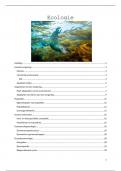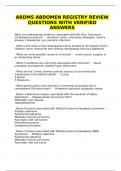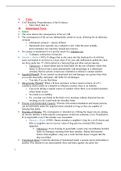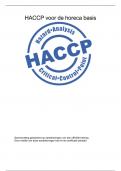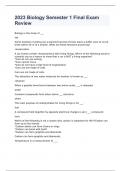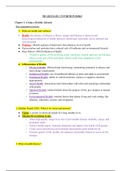Samenvatting
Samenvatting Ecologie
Document bevat alle hoofdstukken van het vak ecologie (geschreven aan de hand van de hoorcolleges en het boek). Sommige hoofdstukken zijn geschreven in het Engels. Bevat de stikstofcyclus, koolstofcyclus, fosforcyclus, zwavelcyclus en zuurstofcyclus.
[Meer zien]
